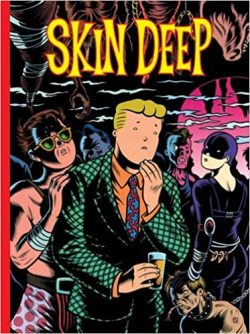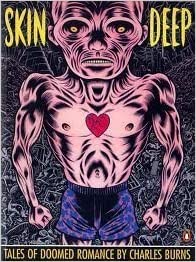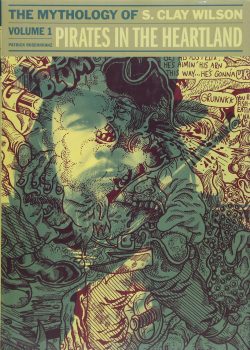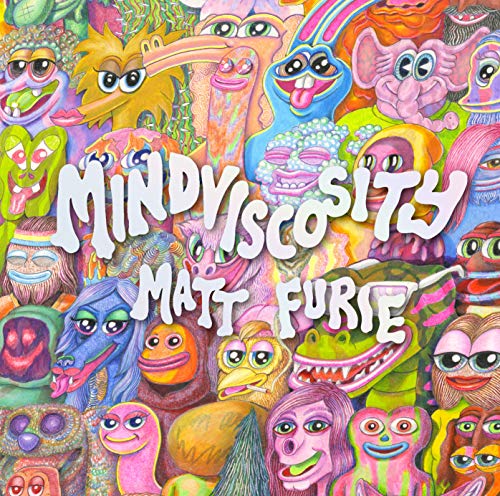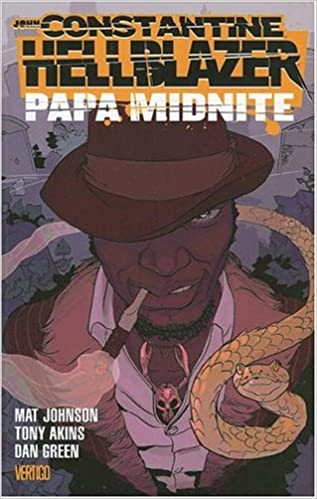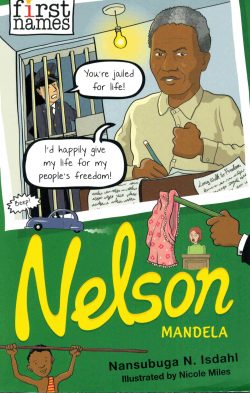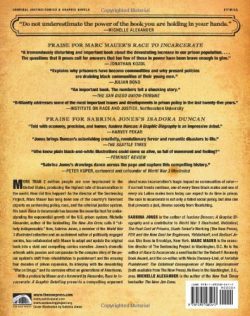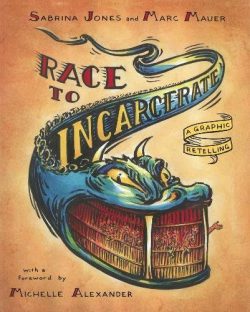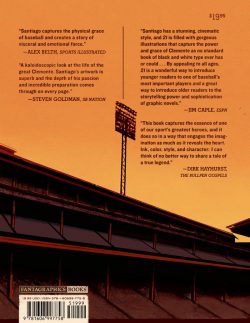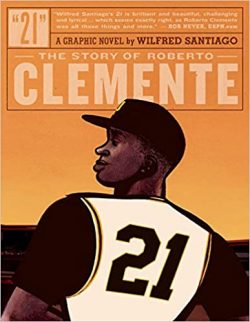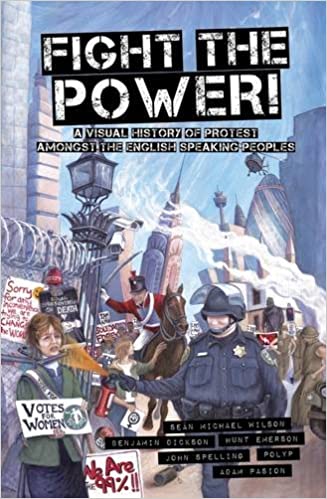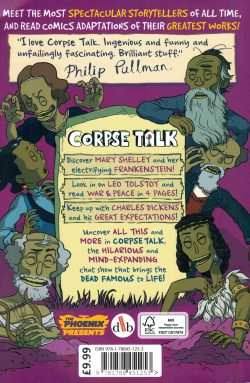
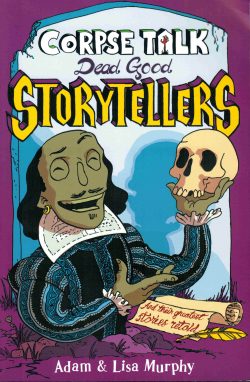
By Adam & Lisa Murphy (David Fickling Books)
ISBN: ISBN: 978-1-78845-125-3 (PB)
The educational power of comic strips has been long understood and acknowledged: if you can make the material memorably enjoyable, there is nothing that can’t be better taught with pictures. The obverse is also true: comics can make any topic or subject come alive… or at least – as here – outrageously, informatively undead…
The fabulous and effective conceit in Corpse Talk is that your scribbling, cartooning host Adam Murphy (ably abetted off-camera by Lisa Murphy) tracks down (or rather digs up) famous personages from the past: all serially exhumed for a chatty, cheeky This Was Your Life talk-show interview that – in Reithian terms – simultaneously “elucidates, educates and entertainsâ€. It also often grosses one out, which is no bad thing for either a kids’ comic or a learning experience…
Another splendid album release culled from the annals of The Phoenix, this authorially-themed collection is dedicated to not-so-private audiences with a succession of legendary and/or unsung wordsmiths, in what would almost certainly not be their own words…
Catching up in order of date of demise, these candid cartoon conferences begin by digging the dirt with ‘Enheduanna: Priestess-Poet 23rd century BCE’, who has a claim to inventing poetry with her religion themed anthems in ancient Sumeria. As always, each balmy biography is accompanied by a side-feature examining a key aspect or artefact of their lives such as here with ‘Inanna and the Mountain’ (The Corpse Talk version) illustrating the power and short temper of the primal goddess…
Moving on in time – and perhaps into fiction rather than fact – comes an intimate investigation into the truth behind Greek epic poet ‘Homer’ (8th century BCE – possibly) supplemented by a vivid and truncated Corpse Talk version of ‘The Odyssey’ which could get you a passing grade if schools and exams weren’t another thing of the past…
Astounding female and unconventional Mandarin’s daughter ‘Li Qingzhao – Lyric Poet 1084-1155’ discusses her fortunate career in the Song Dynasty: accompanied by her translated, illustrated ode ‘Like a Dream’, after which a Sufi poet spanning 1207-1273 takes centre stage.
‘Jalaluddin Rumi’ details his transformation from acerbic scholar to impassioned love poet and is backed up by his illustrated poem ‘The Guest House’ before we head into more familiar territory with Medieval poet ‘Geoffrey Chaucer – 1343-1400’ who relates the tale of his times, backed up by the pertinent facts of ‘The Canterbury Tales’ plus a Corpse Talk adaptation of ‘The Pardoner’s Tale’…
Playwright ‘William Shakespeare – 1564-1616’ tells it like it was, accompanied by the (fun) version of ‘Macbeth’ after which we go gothic by chatting with Romantic Poet ‘John Keats – 1795-1821’ and get acquainted with ‘La Belle Dame Sans Merci’ and double down with dark fantasy courtesy of Gothic Novelist ‘Mary Shelley – 1797-1851’ who candidly discloses how and why her groundbreaking novel came about, supplemented by a cartoon adaptation of ‘Frankenstein’.
Sticking with Gothic Novels, the life of ‘Charlotte Brontë – 1816-1865’ is explored, with definitive classic ‘Jayne Eyre’enjoying a Corpse Talk make-over, after which ‘Charles Dickens 1812-1870’ reviews his amazing career and endures a comics interpretation of ‘Great Expectations’, whilst Adventure Novelist ‘Alexandre Dumas – 1802-1870’ details how the son of French plantation slaves rose to pre-eminence in the literary world, accompanied by a rousing rendition of ‘The Count of Monte Cristo’…
Epic Novelist and spiritual questor ‘Count Leo Nikolayevich Tolstoy – 1828-1910’ comes under the necroscope next, with a serviceable truncation of ‘War and Peace’ in his wake, before horrorist ‘Bram Stoker – 1847-1912’ tells his life-story while the Murphys deftly adapt his undying masterpiece ‘Dracula’ and Crime Writer ‘Sir Arthur Conan Doyle – 1859-1930’ examines his serried career and influences, with Sherlock Holmes short story ‘The Speckled Band’ leading us to final interviewee Children’s Author ‘Beatrix Potter – 1866-1943’; describing a life well-lived, and a splendid legacy, backed up a fresh take on the tale of ‘Peter Rabbit’.
…And just when you think it’s all over, up pops an extra item: a cracking adaptation of ‘All the World’s a Stage…’ from Shakespeare’s ‘As You Like It’, rounding out the fun and whimsy before ushering all and sundry back to their biers and sepulchres for now.
Clever, cheeky, outrageously funny and formidably factual throughout, Corpse Talk unyieldingly tackles history’s more tendentious moments whilst personalising the great, the grim, the good and especially the greatly entertaining for coming generations.
It is also a fabulously fun read no parent or kid could possibly resist. Don’t take my word for it though, just read and enjoy…
Text and illustrations © Adam & Lisa Murphy 2021. All rights reserved.

